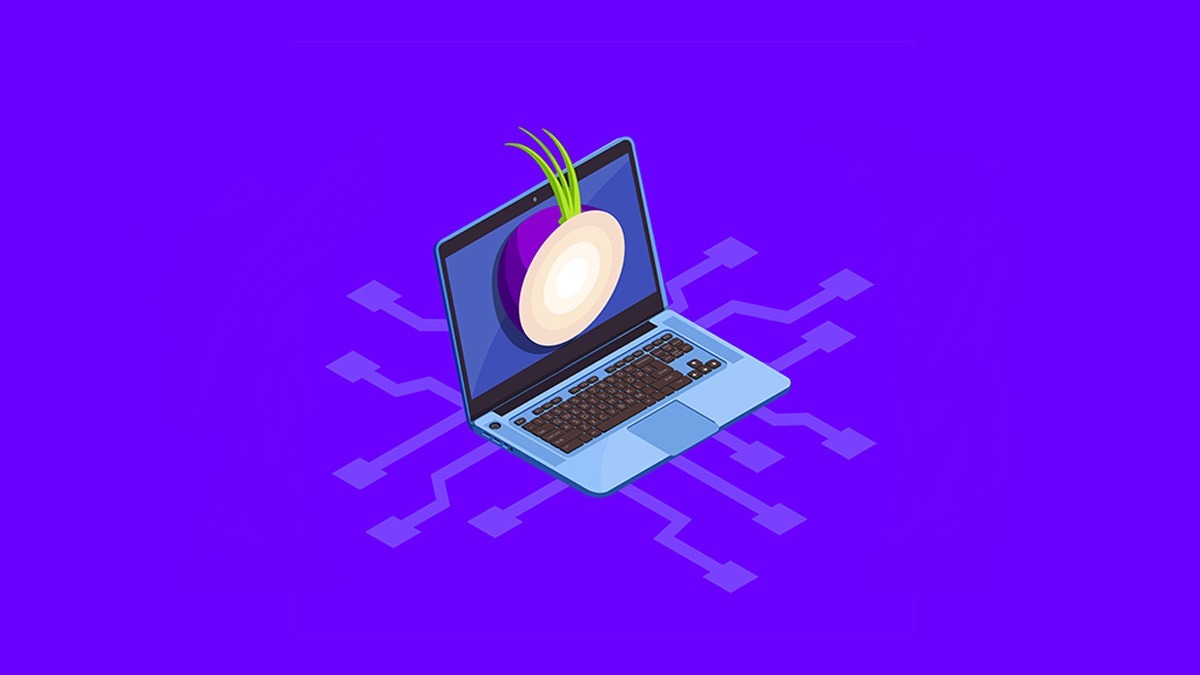AI-Generated Fake News on the Dark Web: A New Age of Misinformation?

|
Fake news is no longer just a tool for human propagandists. Artificial intelligence is now being used to generate realistic, high-volume misinformation at an unprecedented scale. While AI-powered disinformation is already a problem on social media, it has found a new home on the dark web—where anonymity protects its creators from detection and takedown efforts.
Governments, cybercriminals, and extremist groups have begun using AI-driven
content to spread false narratives, manipulate public opinion, and create
synthetic journalism that looks indistinguishable from real news.
How AI Generates Fake News on the Dark WebAI-generated fake news relies on machine learning models capable of writing, fabricating, and distributing misinformation. These systems mimic human journalism, making detection increasingly difficult.. AI-Powered News Writers and ChatbotsText-generating AI models, such as GPT-based systems, can:
On the dark web, these tools are being sold as services, allowing bad actors to produce unlimited fake content at low cost. Deepfake Videos and Synthetic JournalismAdvanced AI tools are also being used to generate fake news anchors, manipulated interviews, and synthetic media content.
These techniques are being tested in dark web political propaganda operations, where they can be released without fear of takedowns. Automated Social Media ManipulationAI-driven bots are deployed from dark web networks to amplify fake news on mainstream platforms. These bots:
The combination of dark web anonymity and AI automation has created an unstoppable cycle of misinformation. Who Is Using AI-Generated Fake News on the Dark Web?Artificial intelligence has lowered the barrier for entry into professional-level disinformation. The dark web now hosts a growing industry of AI-driven fake news services catering to a variety of clients. State-Sponsored Propaganda NetworksGovernments have been among the earliest adopters of AI-enhanced disinformation. Some tactics include:
Russia, China, and North Korea have been accused of experimenting with AI-generated propaganda to manipulate global narratives. Cybercriminals and Black Market Disinformation SellersDark web marketplaces now offer "fake news-as-a-service", allowing buyers to:
These services cater to political campaigns, corporate rivals, and conspiracy groups looking to control narratives. Extremist and Fringe GroupsExtremist organizations have begun using AI-powered content generation to:
By using AI to produce massive amounts of disinformation, these groups can overwhelm fact-checkers and spread doubt faster than ever before. How AI-Generated Fake News Escapes DetectionAI-generated disinformation is much harder to detect than traditional fake news. Unlike human-written misinformation, AI-produced content:
Even advanced fact-checking algorithms struggle to differentiate AI-generated news from real journalism. Dark Web Tools That Enhance AI Fake NewsSome dark web technologies are being used to shield AI-generated fake news from takedown efforts:
These tools make AI-powered disinformation campaigns nearly impossible to stop. The Future of AI-Generated Misinformation on the Dark WebAI-generated fake news is evolving faster than countermeasures can keep up. Future threats include:
As dark web actors continue refining AI-powered misinformation techniques, the world faces a new era of digital deception—one where the line between real and fake news becomes impossible to define. |
Making Torry Possible
Thanks to the privacy contributions from the following foundations. Torry is able to maintain a strong goal towards a private.

